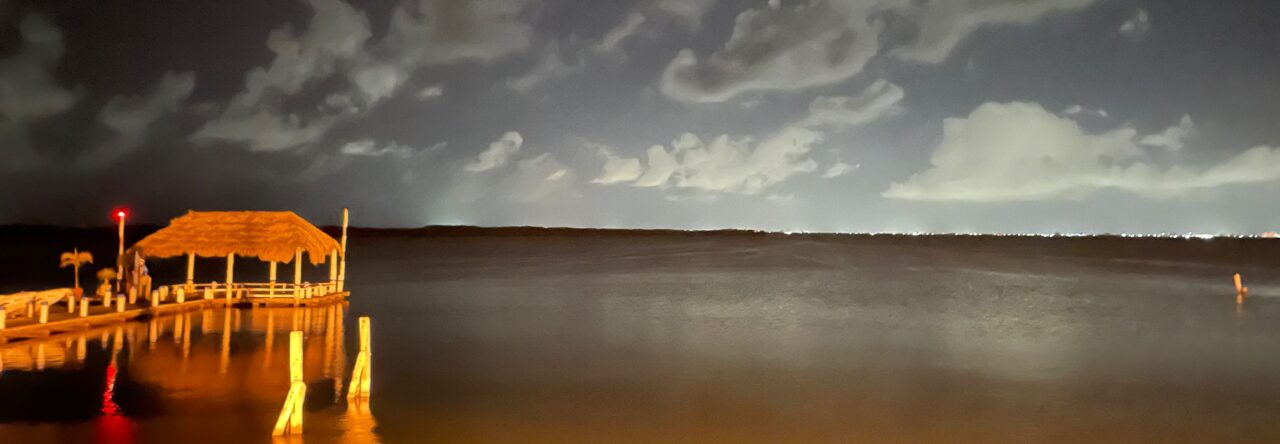
“The Return: Life After Isis” at SXSW Online 2021.
This film from Alba Sotorra Clua goes inside the Syrian refugee camps where citizens from 56 different nations and their children are trapped in a hellish existence. After the West withdrew and left the Kurds on their own and thousands of ISIS families faced defeat in Syria, there were over 100,000 captives who ended up living in camps throughout Syria. This camp contains a group of 1500 women and children i tent cities in Qamsall and Beghouz in Northeast Syria.
The newspaper headlines from various countries tell their story: “No regrets. No remorse. No re-entry.” As the women tell their stories, some say they were naïve teenagers who fell victim to the lure of ISIS on propaganda videos they saw on Twitter. Regardless, the countries from which they came do not want them back. Their children might make be accepted, but not the adult parents.
Some women held in the tent city were already married to young men who went off to fight with ISIS. When that happened to Hafida Nawal of the Netherlands, she was six months pregnant. She followed her husband from Holland to the Middle East. Her husband, too, became disillusioned by the entire experience and agreed that both of them would try to escape, just before he was killed in battle. He said to her, “At least now you have a chance because the women and the children can go, but they (ISIS) will never let the men go.” She describes horrible hunger and how her child was reduced to eating grass, but says she doesn’t know if the hunger or the bombing is the worst. “She now realizes, “Real freedom is what we have in Holland” and says that the realization “doesn’t stop me from regretting.” In June of 2020 the Dutch courts ruled against repatriation.
Hoda Muthana of the United States and Shamima Begun of the United Kingdom voice similar regrets. Shamima was only 19 when she left Britain to join ISIS saying, “I always wanted to be a part of something. I wanted to feel useful. I feel really bad, as a Muslim, leaving them behind.” She described her upbringing in an Islamic household as one where she was not close to her strict parents, had no friends and turned to Twitter for friendship. She fell victim to the propaganda videos that promise “the path of glory” and “living the true glory” and “surrendering to jihad.’ Shamima, however, was one of the more active online spreading ISIS propaganda as @Ummjihad and says, “You don’t realize you are brainwashed until you snap out of it.” She gave birth in Syria; her son died. Her best friend was killed in a bombing raid. She says “This was just a cult that ruined many people’s lives.” Her citizenship, as well as that of Hoda’s, has been revoked.
The film traces the group for 2 years. It is 2 years of unrelenting horror, deprivation and loss. One woman who emerges as a heroine is Sevina Evdike, a Kurdish woman who continues to work with the women. She urges them to write to anyone who might be able to help them, but no positive word is heard.
The German woman onscreen shares that she felt discriminated against in Germany, but that it is much worse here in Syria. Kimberly from Canada and the others look cold in their burkhas with strong winds and dust blowing throughout the ramshackle camp. They describe blood running through the makeshift hospital tent after attacks and women showing up who appear to have been beaten all over their bodies with a pipe, despite being pregnant at the time. The Canadian captive says that many do not survive such grievous wounds. They describe the sale of women in marketplaces and there is film footage of such a sale, (shot discreetly from a distance).
All express the same refrain, “I really regret for the rest of my life. I wish I could just erase it.” After Shamima’s son dies, she says, “He was my last hope, the only thing keeping me alive.”
No water, no food, women sold into slavery or used as human shields. It’s a grim companion piece to the similar film “Sabaya” by Hogir Horiri, recently shown at Sundance. (A “sabaya” is a female sex slave.)
All have condemned themselves to a life of unremitting pain and suffering, but, when asked what they have learned from the experience, two positive statements emerge: (1) How strong women can be, and, (2) The value of a human life.
“
